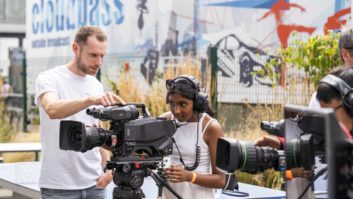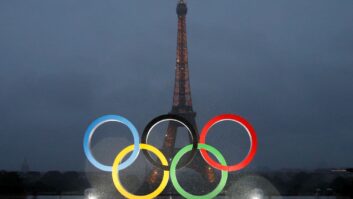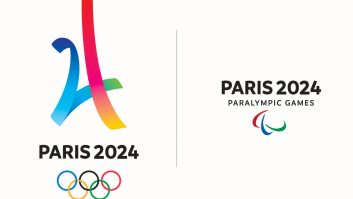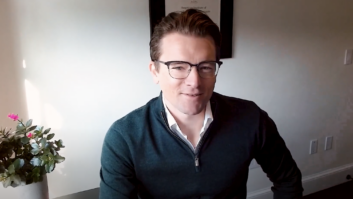From computer-generated sea creatures to entire virtual cities, cinemaland’s digital artists have utilised Autodesk kit to realise stunning visual effects for this summer’s biggest box office films.
“Once again, our clients have produced awe-inspiring, visual movie experiences using Autodesk software,” said Marc Petit, vice president of Autodesk, Media & Entertainment Solutions. “This summer’s blockbusters offer the ultimate escape from reality. We are proud that our tools enable artists to take movie viewers into such rich and dynamic environments as Captain Jack Sparrows’ exotic Caribbean seas.”
Autodesk’s Discreet Inferno system was used by Industrial Light & Magic (ILM) as part of its proprietary SABRE visual effects system to create supernatural scenes for M. Night Shyamalan’s latest flick, ‘Lady In the Water’. In one sequence, a giant eagle-like bird swoops in and rescues the film’s heroine. The rescue is shown through a reflection in the water and digital artists at ILM used Inferno to create the distorted look of the reflection and to add lightning and rain to the scene. The system was also used to add shadows, mist and rain to a scene where branch monsters drag away a scrunt – a dog-like grass monster – and to create the mystical ball of mud that Cleveland Heep, the film’s hero, needs to retrieve from the heroine’s lair in order to save her.
ILM also helped bring to life the misguided escapades of Captain Jack Sparrow in ‘Pirates of the Caribbean: Dead Man’s Chest’. One of the scenes shaped by ILM shows Will Turner and the crew of the Black Pearl captured by cannibals and held in a round cage made of bones hanging over a ravine. Inferno was used to composite together shots of the actors filmed against a blue screen, a water plate, and a digital matte cliff, as well as to add birds, mist and foot bridges to the scene. The system was also used to texture, light and animate Ragetti’s wooden eye. Autodesk Maya 3D animation software was used by artists at ILM to rig Davy Jones and the Kraken sea creature’s tentacles.
Specialising in digital cosmetic enhancements, LOLA VFX also used Autodesk’s Discreet Inferno system as a fountain of youth for the opening sequence of ‘X-Men: The Last Stand’. Digital artists relied on reference footage, consultations from plastic surgeons and special techniques developed with Inferno to make Professor Xavier and Magneto look up to 20 years younger. While digital cosmetic fixes such as wrinkle reduction, eye enhancements and dental corrections are becoming more common in film, this is the first time that such a drastic age-reduction effect has been undertaken. LOLA VFX’s sister studio Hydraulx also worked on the film, completing 235 shots with Inferno, Flame, Burn, Maya, Autodesk Combustion desktop compositing software and Autodesk Backdraft media management and I/O software.
Furthermore, Framestore CFC completed approximately 110 shots for the film using Maya software. “We used Autodesk Maya to assemble, rig and animate the Golden Gate Bridge,” explained Craig Lyn, VFX supervisor on the film. “The sheer size of this 3D asset was a major issue that we overcame using Maya. The software fit into our existing animation and rendering pipeline seamlessly and allowed us to create custom tools that improved our workflow.” The facility also used Maya to create a digital double of actor Ben Foster (who plays the part of Angel), as well as to give him computer-generated wings.







